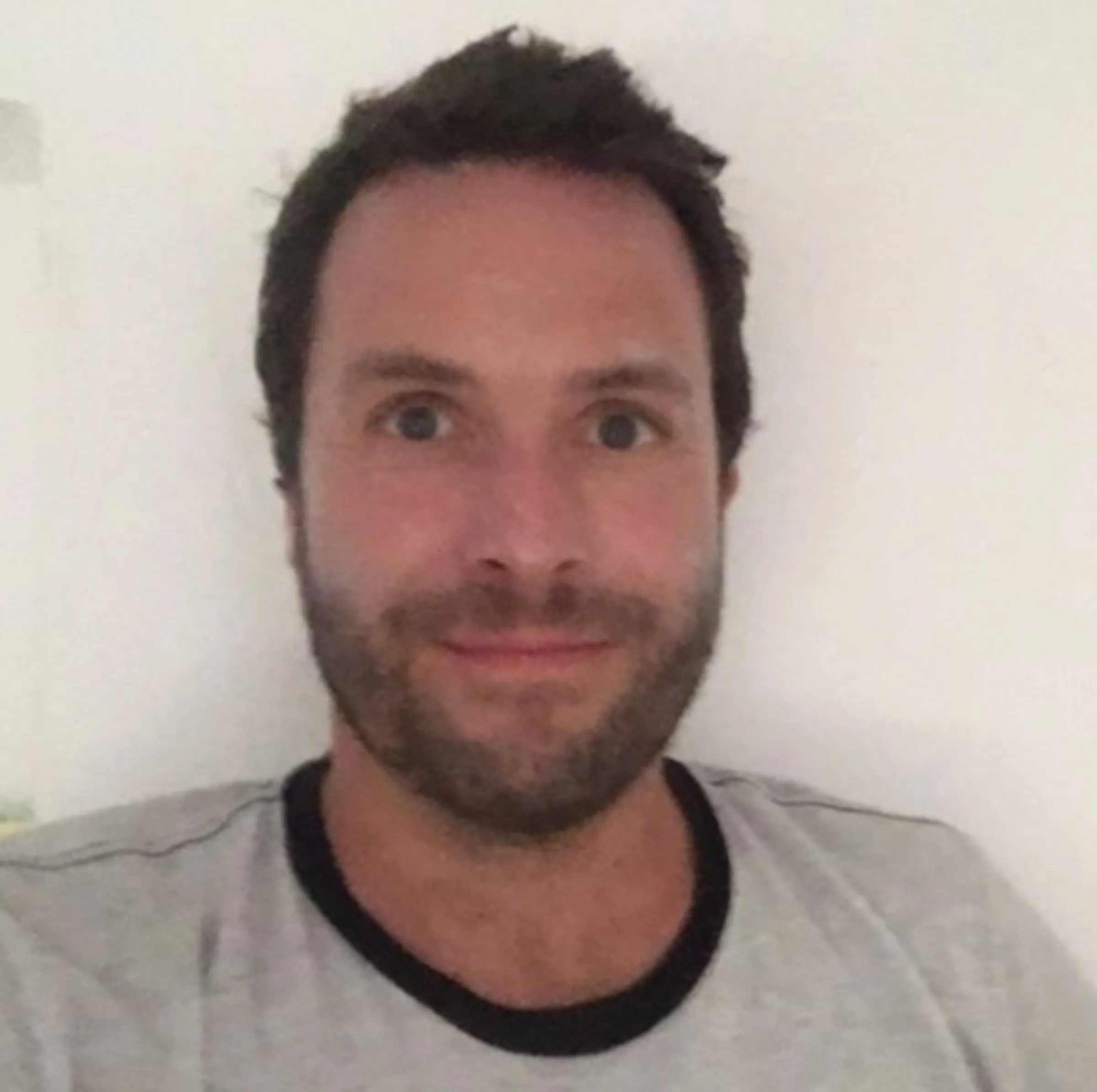Why are uncontacted Indigenous people at increasing risk?

Domingos Martins Kaxarari, chief of the Marmelinho village in Kaxarari Indigenous land, poses for a photograph, in Porto Velho, Rondonia State, Brazil August 11, 2024. REUTERS/Adriano Machado
What’s the context?
Forced contact from evangelists and influencers are rising threats uncontacted Indigenous people face in the Amazon rainforest.
LIMA - Uncontacted Indigenous people have never been more under threat and half of the groups could be wiped out within 10 years if governments and companies fail to act, said campaign group Survival International in a report on Monday.
Forced contact from evangelists, influencers looking to post videos of them on YouTube or land grabbers looking to exploit their land often proves deadly for uncontacted Indigenous people as diseases brought by outsiders are fatal, the report said.
Uncontacted peoples reject contact as a deliberate choice in the face of colonising attacks, as is their right under international law.
Still, 96% of uncontacted people from the rainforests of Peru and Brazil to Indonesia today face threats from resource extraction, according to Survival International.
It goes without saying that uncontacted people will not represent themselves at the United Nations climate summit, COP30, to be held in November in Brazil's Amazon city of Belem, but the Brazilian government has said the event is expected to feature the largest Indigenous participation in its history.
The meeting will focus on Indigenous land rights and ancestral knowledge, and their important role in protecting nature and rainforests, which includes isolated people.
Where do uncontacted peoples live?
Survival International has counted more than 196 groups living in 10 countries in South America, Asia, the Indian Ocean and in the Pacific.
The number is the most accurate and up-to-date calculation ever of uncontacted peoples and groups worldwide, the organisation says.
The vast majority - 95% - live in the Amazon, of which most are in the Amazon basin in Brazil, which is home to 124 groups, the report said.
Other isolated groups also exist in Ecuador and Colombia and the only group in South America outside the Amazon is in Paraguay, known as the Ayoreo.
Some also live in Asia and the Pacific, where they live self-sufficiently by hunting, fishing and gathering.
What threats do uncontacted peoples face in the Amazon?
In the rainforest, isolated people are threatened by illegal loggers, illegal miners, drug traffickers, as well as poachers who invade their remote territories and exploit the resources.
This threatens their lives, food resources and exposes them to illnesses like the common cold, flu or measles to which they have virtually no immunity, which may completely wipe out a group, as seen in previous cases.
In Peru, uncontacted Indigenous groups living along the border with Brazil face increasing pressures.
In September, a government-led committee in Peru rejected a proposal for the long-delayed Yavarí Mirim Indigenous Reserve, a site in the Amazon to protect uncontacted Indigenous groups.
Despite evidence of the presence of isolated Indigenous communities in the 1.17 million hectare (2.9 million acres) area - roughly one-fifth the size of Ireland - business, extractive and forestry interests have opposed setting the land aside.
"Removing protection from the territories of peoples in isolation and opening them up to oil and gas exploitation is tantamount to condemning these peoples to extermination," Teresa Mayo, Peru researcher for Survival International, told Context.
What pressures do isolated people around the world face?
In other parts of the world, influencers pose a growing threat to isolated people, who attempt "first contact" and look to monetise the experience.
One such Youtuber illegally visited North Sentinel island in the Indian Ocean this year.
"It beggars belief that someone could be that reckless and idiotic," said Caroline Pearce, head of Survival International.
"This person's actions not only endangered his own life, they put the lives of the entire Sentinelese tribe at risk."
In 2018, Sentinelese killed American missionary John Allen Chau after he landed on their island to try to convert them to Christianity.
Missionaries are a growing menace to uncontacted peoples, particularly in the Amazon, campaigners say.
Multimillion dollar evangelical organisations use technology, helicopters and airplanes to chase down groups in the forests.
Criminal gangs who grow and traffic drugs or run illegal mining or logging operations deep in the rainforest are also a major threat.
What legal protections do uncontacted peoples have?
Most countries around the world have ratified ILO Convention 169 on the rights of Indigenous people and voted in favour of the United Nations' Declaration on the Rights of Indigenous Peoples that obliges them to respect the territorial needs of uncontacted tribes and respect their right to self-determination.
In Brazil, forced contact missions were official policy for decades which likely resulted in the extermination of many tribes.
But since the 1980s, Brazil's indigenous affairs department has adopted a policy of demarcating and protecting the land of uncontacted tribes.
In Peru, a law states that the government has the duty to protect the lives of uncontacted and recently contacted tribes by safeguarding their territories.
(Reporting by Dan Collyns; Editing by Anastasia Moloney and Jon Hemming)
Context is powered by the Thomson Reuters Foundation Newsroom.
Our Standards: Thomson Reuters Trust Principles
Tags
- Indigenous communities

















